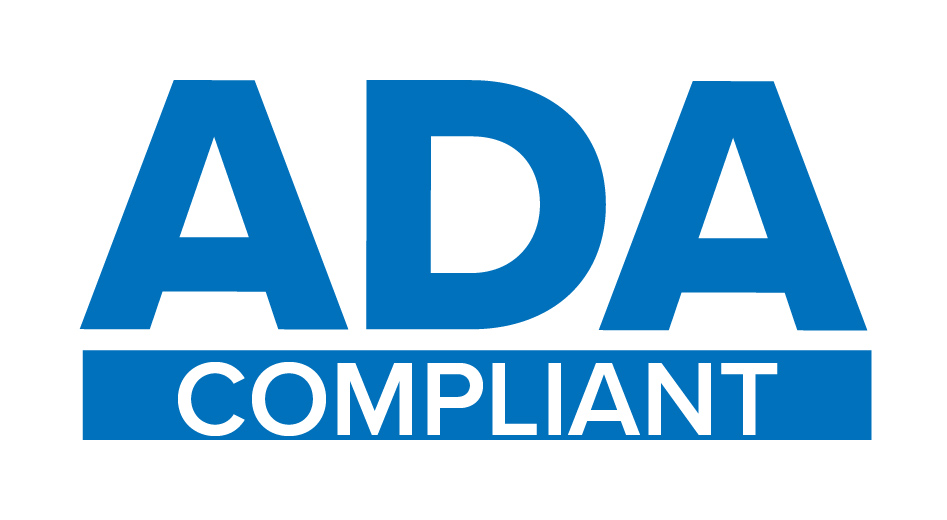Spring and summer are prime time for picnics, a chance to enjoy your favorite foods in the great outdoors. When you’re relaxing with family and friends, it’s easy to get caught up in the fun and accidentally cross-contaminate food, or forget to pack enough ice to keep your cooler chilled. Unfortunately, one small error can sicken your whole crew, making you one unpopular host! In fact, one in six Americans gets sick every year from foodborne pathogens. Reduce your odds of foodborne illness by avoiding these seven common picnic food slip-ups.
Picnic Error: You Didn’t Wash Your Hands
A large percentage of foodborne illnesses could be eliminated if people washed their hands more often when preparing food. Wash your hands before cooking, after handling raw meat and before eating or serving food. Bring hand sanitizer if there is no running water at your picnic site, and rub it all over your hands, including between fingers and around nails.
Picnic Error: You Didn’t Start with a Clean Slate
Your hands aren’t the only things you should keep clean. If you’re not careful, juices from raw meat and poultry can drip into your cooler, creating a breeding ground for bacteria to grow. Before you pack for a picnic, sanitize your cooler and wash reusable bags for transporting food. Pack food in clean, tightly sealed containers.
If you won’t have access to running water at your picnic site, wash fruits and vegetables at home first. Wash produce even if you plan on peeling it; bacteria can transfer from the knife or peeler to the edible portion.
Picnic Error: You Cross-Contaminated
If you won’t be able to wash plates, tongs and serving utensils at the picnic site, bring two sets: one for handling raw meats and one for serving cooked foods. Accidentally serving cooked hamburgers on the same plate you used for the raw patties can lead to foodborne illness. Make sure you keep ready-to-eat food such as buns, fruits, vegetables and side dishes away from contaminated serving utensils, too.
Also, don’t repurpose marinade used on raw meat, seafood or poultry unless it’s been boiled before going onto ready-to-eat or cooked food. Lastly, pack your cooler with care. As much as possible, separate fruits, vegetables and cooked foods from raw meat, poultry and seafood.
Picnic Error: Your Cooler Lost its Cool
Even an insulated cooler can’t keep food cool enough on its own. Pack your cooler about three quarters of the way full of food, reserving one quarter of the space for ice packs. Chill or freeze foods and beverages before packing them in your cooler. Pack cold and hot food separately.
Always pack an appliance thermometer in the cooler and keep an eye on it throughout the day, ensuring it doesn’t go above 40°F. Consider packing beverages in a separate cooler. You can keep the cooler with perishable food closed while the beverage cooler is frequently opened and shut.
Picnic Error: You Repurposed Ice
If you’re bringing ice to use in beverages, pack it in a separate sealed bag. Don’t put loose ice used to keep food cold in beverages. This ice could have picked up odorless, invisible bacteria from the surfaces of food containers or other items in the cooler.
Picnic Error: You Didn’t Bring a Food Thermometer
Foods that need to be cooked must reach certain temperatures to control harmful bacteria. Hamburgers should be cooked to a minimum internal temperature of 160°F. Chicken breasts and legs must be cooked to at least 165°F.
There are right and wrong ways to take the temperature of meat. For example, you’ll get a false reading if the food thermometer touches a bone when you’re testing a chicken breast. Hamburgers should always be tested in the thickest section. Here are some other important tips for properly using a food thermometer, along with minimal internal temperatures for other foods.
Picnic Error: You Let Food Sit Out
Keep perishable food out of the danger zone — a temperature range between 40°F and 140°F. When food is in the danger zone, bacteria can double in number every 20 minutes. Unfortunately, you cannot see, smell or taste if a food has harmful bacteria or toxins growing in it. Pack food in a well-insulated cooler with plenty of ice or ice packs to keep the temperature below 40°F. Transport the cooler in the back seat of your airconditioned car instead of in your hot trunk. Remove from the cooler only the amount of food that will fit on the grill.
Don’t let food sit out for more than two hours. If the temperature outside is 90°F or above, food should only sit out for an hour at most. It’s easy to lose track of time when you’re relaxing outside. Bring a timer or set an alarm on your cell phone to remind you when it’s time to put food away. Remember — it’s not just meat that can make you sick. All perishable food should be monitored closely, especially egg, potato and tuna salads made with mayonnaise, and anything dairy-based.
So, before you pack the picnic basket, remember these simple tips to ensure that unwanted bacteria won’t have a place at your table.



